Six degrees of separation: how U of T's Geoffrey Hinton is connected to top AI researchers around the world
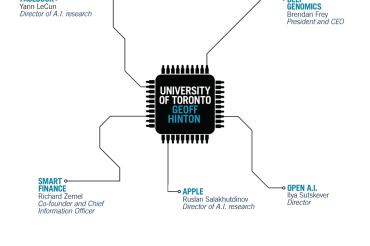
Published: March 28, 2017
Geoffrey Hinton, the University Professor Emeritus of computer science and vice-president engineering fellow at Google, has been described as the 'godfather of deep learning.'
Hinton has mentored more than 30 doctoral students and has supervised many more post docs, master’s students and undergrads. Several of these computer scientists have gone on to become leaders in the field of machine learning in their own right. Below is a shortlist of just some of the many AI researchers Hinton has influenced.
Brendan Frey
 Brendan Frey completed a PhD under Hinton in 1997. The experience opened his eyes to the possibilities of deep learning for understanding how data works.
Brendan Frey completed a PhD under Hinton in 1997. The experience opened his eyes to the possibilities of deep learning for understanding how data works.
After the human genome was sequenced in the early 2000s, he decided to apply his expertise in deep learning to genome biology, which could improve medicine and save lives. The result was Deep Genomics, a startup founded in 2015 which uses artificial intelligence to help decode the impact of genetic mutations.
“We’re inventing a new generation of deep-learning technologies that can tell us what will happen within a cell when DNA is altered by natural mutations, therapies or even by deliberate gene editing,” Frey told U of T News at the time.
Read The Washington Post story about Deep Genomics
Read more about Frey in The Toronto Star
Yann LeCun
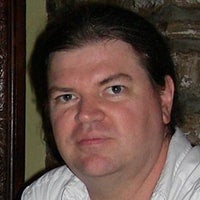 Originally from a Parisian suburb, Yann LeCun now heads the AI research group at Facebook.
Originally from a Parisian suburb, Yann LeCun now heads the AI research group at Facebook.
He became intrigued by artificial intelligence at age nine after seeing 2001: A Space Odyssey.
“It's very strange to say this, it's just a movie, but it had a big influence,” he told The Daily Beast.
After acquiring his PhD in Paris, he applied for a post-doc at U of T and joined Hinton’s research group.
Read more about Yann LeCun in The Daily Beast
He later worked for AT&T and NEC, and is known for designing a system widely used by banks to read cheques and bills.
Ruslan Salakhutdinov
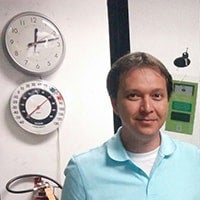 Ruslan Salakhutdinov acquired a PhD in machine learning at U of T in 2009 and later became an assistant professor at U of T. In October, he became the director of AI research at Apple.
Ruslan Salakhutdinov acquired a PhD in machine learning at U of T in 2009 and later became an assistant professor at U of T. In October, he became the director of AI research at Apple.
In his time here, he created an AI system that could illustrate scenarios as unusual as “toilets in a field.” That research helped shed light on how neural networks work, he told Bloomberg.
“We can better understand why the model generates the image it generates by examining which words it pays attention to (and which words it ignores),” he said.
Today, Salakhutdinov is also an associate professor at Carnegie Mellon University.
Ilya Sutskever
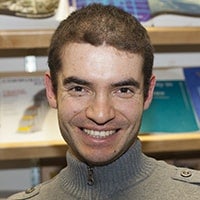 In 2012, Hinton and his graduate students Alex Krizhevsky and Ilya Sutskever entered an image-recognition contest. They built a vision algorithm that identified objects in millions of pictures more accurately than the other AI contenders did. The three founded a company, DNNresearch, which was acquired within a few months by Google.
In 2012, Hinton and his graduate students Alex Krizhevsky and Ilya Sutskever entered an image-recognition contest. They built a vision algorithm that identified objects in millions of pictures more accurately than the other AI contenders did. The three founded a company, DNNresearch, which was acquired within a few months by Google.
After graduation, Sutskever worked on AlphaGo, a Go-playing program that broke new ground by defeating the European Go champion Fan Hui 5-0.
Sutskever spent three years working as a research scientist for the Google Brain team with Hinton and Krizhevsky before leaving the company to help start OpenAI, a non-profit organization of 60 researchers who want to build “safe AI.”
Read more about Sutskever and his AI research with Hinton
Richard Zemel
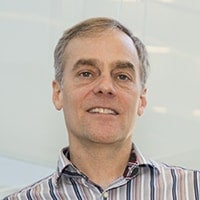 Richard Zemel obtained a PhD under Hinton in 1993 and joined the faculty in the department of computer science in 2000.
Richard Zemel obtained a PhD under Hinton in 1993 and joined the faculty in the department of computer science in 2000.
A few years ago, he was invited to help the Toronto Raptors use in-game tracking data to improve players’ performance.
“The goal is to go beyond simple player tendencies,” he told U of T News in 2014, “and to look at how that player reacts to particular situations, such as the other team’s defensive setup.”
He is the co-founder of a data mining and enrichment company called SmartFinance.


